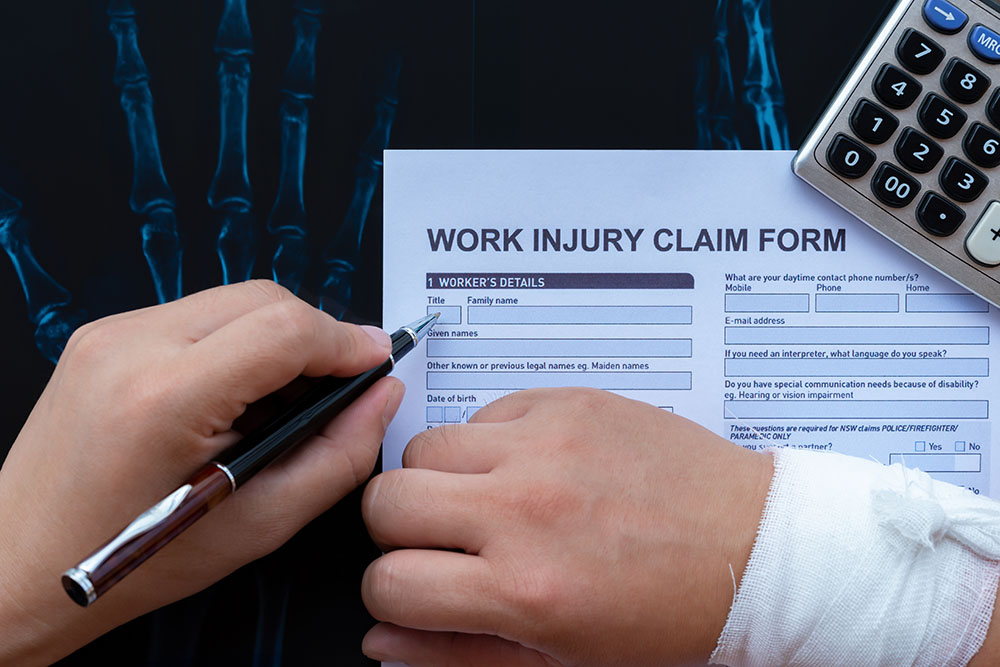The widespread use of rideshare services like Uber and Lyft has brought undeniable convenience to our daily lives. However, alongside this innovation come new challenges; one such alarming issue is sexual abuse during rideshare experiences. As a personal injury law office with expertise in handling sexual abuse cases, we recognize the complex nature of rideshare sexual abuse incidents. We are committed to providing informative content and legal support to victims.
Today, we will explore the various dimensions of sexual abuse within rideshare services and offer valuable insights on prevention, reporting, and legal options available to affected individuals.
Through this, we seek to empower victims of rideshare sexual abuse and educate rideshare users about the importance of vigilance and proactive measures in reducing the risk of sexual abuse in this context. Join us as we tackle how to promote a safer experience for both passengers and drivers. Remember, Greg Jones Law, P.A. is here to provide support for those affected by rideshare sexual abuse incidents.
Understanding Liability in Rideshare Sexual Abuse Cases: Prevention, Reporting, and Legal Recourse for Victims
Rideshare Safety Tips: Minimizing Risks
Passenger safety is paramount in rideshare services. Here are vital safety tips for both passengers and drivers to minimize the risk of sexual abuse during a rideshare journey:
1. Share Trip Details: Inform a trusted friend or family member about your planned rideshare trip, providing them with information about your driver, car, and expected arrival time.
2. Use In-app Safety Features: Utilize the in-app emergency button or other safety features provided by rideshare platforms to alert authorities in case of suspicious behavior.
3. Ride in the Backseat: Passengers should opt for the backseat to maintain a safe distance from the driver and have two possible escape routes in case of danger.
4. Trust Your Instincts: If something feels off or uncomfortable during a rideshare experience, do not hesitate to end the ride and remove yourself from the situation.
Reporting Rideshare Sexual Abuse: Guidelines and Procedures
Victims of rideshare sexual abuse must prioritize their safety and seek help. Reporting the misconduct can be necessary for obtaining justice and preventing abuse incidents for others:
1. Preserve Evidence: Gather any available evidence, such as text messages, screenshots, or photographs, that may document the abuse incident.
2. Report to the Rideshare Company: Promptly file a complaint with the rideshare platform, using their dedicated reporting channels to inform them of the incident.
3. Contact Law Enforcement: Report the incident to local law enforcement authorities, providing as many details about the driver, the rideshare vehicle, and the abuse incident as possible.
4. Seek Medical Attention: Obtain professional medical care, as some injuries may not be immediately apparent or visible.
Rideshare Companies’ Responsibilities: Accountability and Prevention
Rideshare companies have a responsibility to ensure the safety of their passengers and drivers. Several steps can be taken to prevent sexual abuse within rideshare services:
1. Thorough Background Checks: Screening potential drivers through comprehensive criminal background checks, ensuring they have no history of sexual misconduct or other problematic behaviors.
2. Driver Training: Offering mandatory training on sexual harassment prevention and response, promoting a safe and respectful environment for passengers and drivers.
3. Tracking Systems: Implementing real-time GPS tracking systems, ensuring accountability for each trip and providing a quick way to locate rideshare vehicles in cases of emergency.
4. Grievance Redress Mechanism: Establishing a robust support system to handle user complaints and ensuring appropriate action is taken against abusive drivers.
Legal Recourse for Rideshare Sexual Abuse Victims: Navigating the Complexities
Victims of rideshare sexual abuse can pursue legal options to seek compensation and justice for the harm they have experienced:
1. Understanding Liability: Rideshare sexual abuse cases often involve complex liability questions due to the independent contractor status of drivers. Several parties, such as the driver and the rideshare company, may be held accountable.
2. Evidence Gathering: Work with law enforcement and legal professionals to gather relevant evidence that can strengthen the case against the abusive driver and the rideshare platform if necessary.
3. Filing a Civil Lawsuit: Collaborate with a knowledgeable attorney to file a lawsuit against the driver and, if applicable, the rideshare company, seeking compensation for emotional distress, medical expenses, and lost income.
4. Pursuing a Settlement or Trial: Through negotiation or litigation, the victim’s legal team can seek fair compensation to address the harms suffered from the sexual abuse incident.
Conclusion
Sexual abuse within rideshare services is an alarming issue that warrants attention from all stakeholders – users, drivers, and platform providers. By promoting preventive measures and establishing transparent reporting procedures, the rideshare community can work together to curb these incidents and foster a safer environment for everyone involved.
If you or a loved one has fallen victim to sexual abuse during a rideshare experience, our empathetic and experienced rideshare sexual assault lawyers at Greg Jones Law, P.A. are prepared to offer the guidance, support, and representation necessary to pursue justice, compensation, and closure effectively. Reach out to us today for a personalized consultation tailored to your unique circumstances, furnishing you with the essential legal resources to navigate this sensitive area of personal injury law with confidence.




